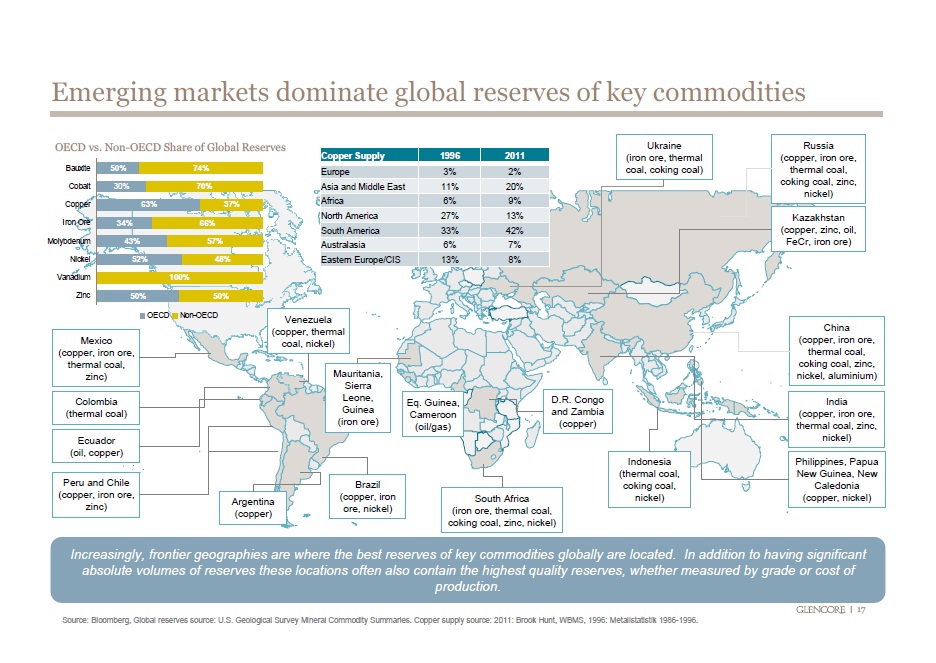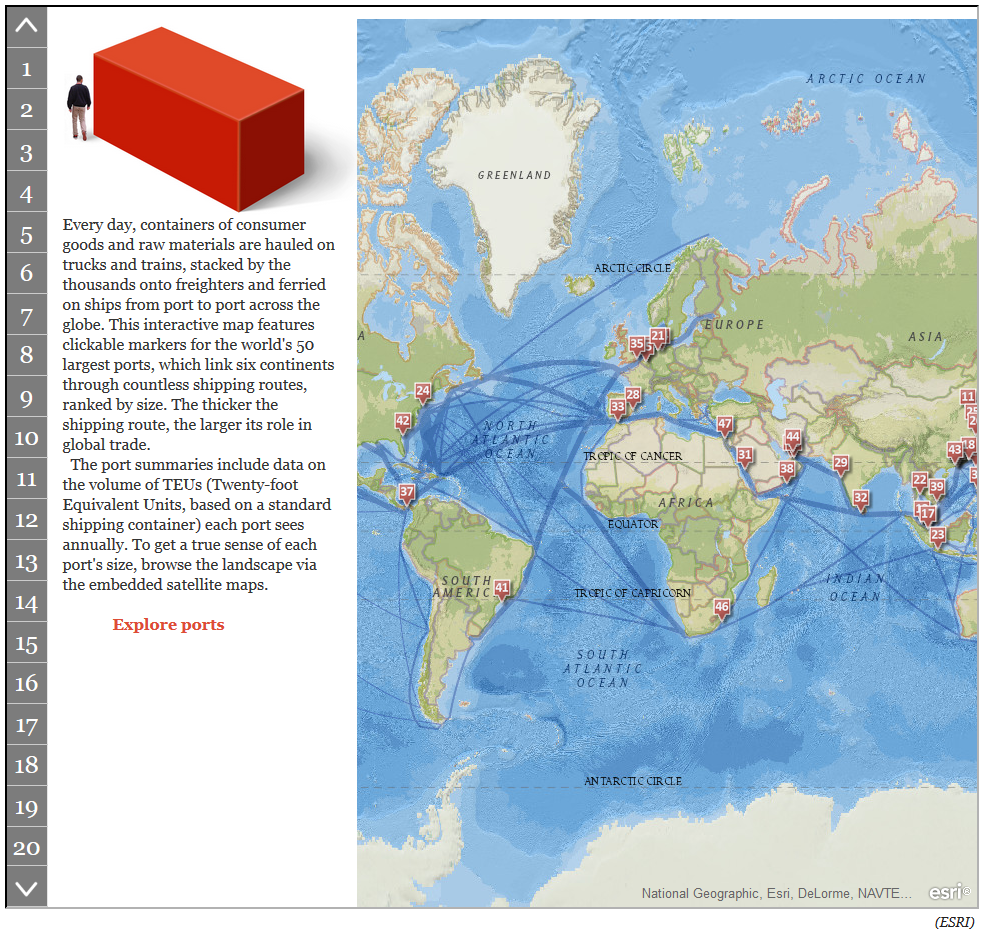 Mint.com tracked how much its users spend on gasoline in one month, and how many times they visit the pump in the same period across the United States.
Mint.com tracked how much its users spend on gasoline in one month, and how many times they visit the pump in the same period across the United States.
On average, Americans spend $177 on gas in single month, making an average of 6 visits to the pump, and spending an average of $32 in each transaction.
San Jose (California) stands out as the city where Mint users spend the most on gas, an average of $216 in a single month. Other cities where Mint users spend a lot on gas include Birmingham (Alabama), Jacksonville (Florida), Phoenix (Arizona), and Charlotte (North Carolina) to name a few. In contrast, in cities like New York, Brooklyn (New York), and Washington D.C., which have a good public transportation system, the gas bill is between $102 and $112 per month.
Source: Mint: Gas Guzzlers
 In lieu of the killer tornado that hit Oklahoma city on May 20, 2013, Slate published a map of the most devastating tornadoes to hit the United States since 1950.
In lieu of the killer tornado that hit Oklahoma city on May 20, 2013, Slate published a map of the most devastating tornadoes to hit the United States since 1950.







